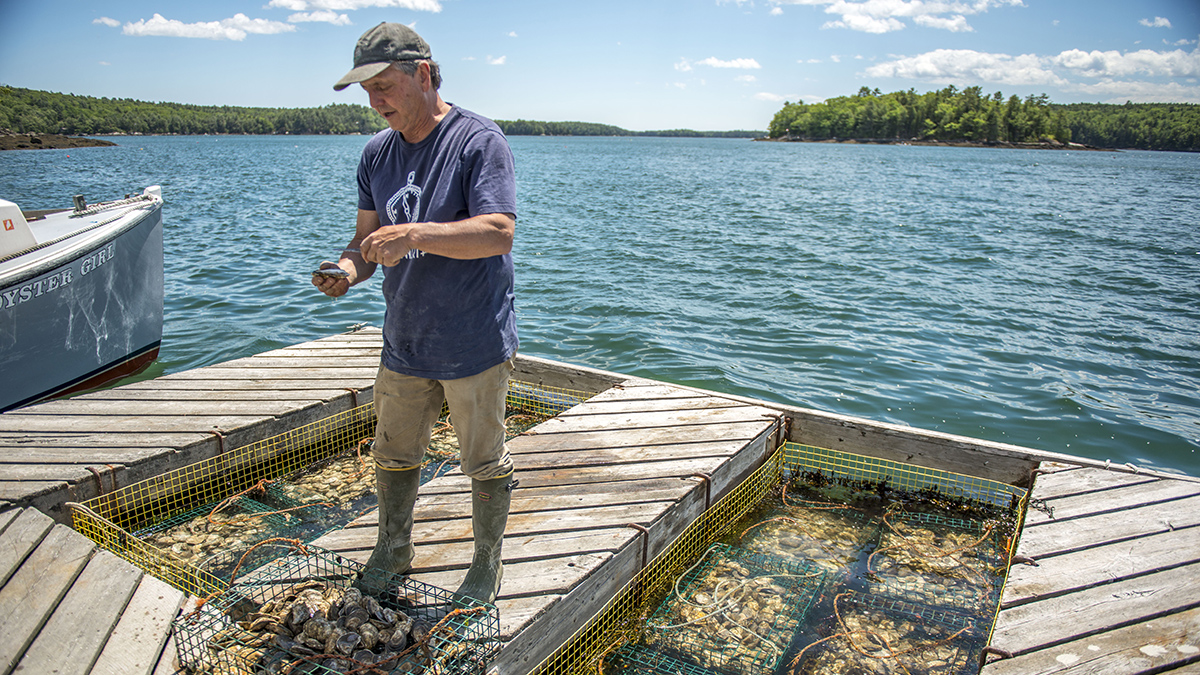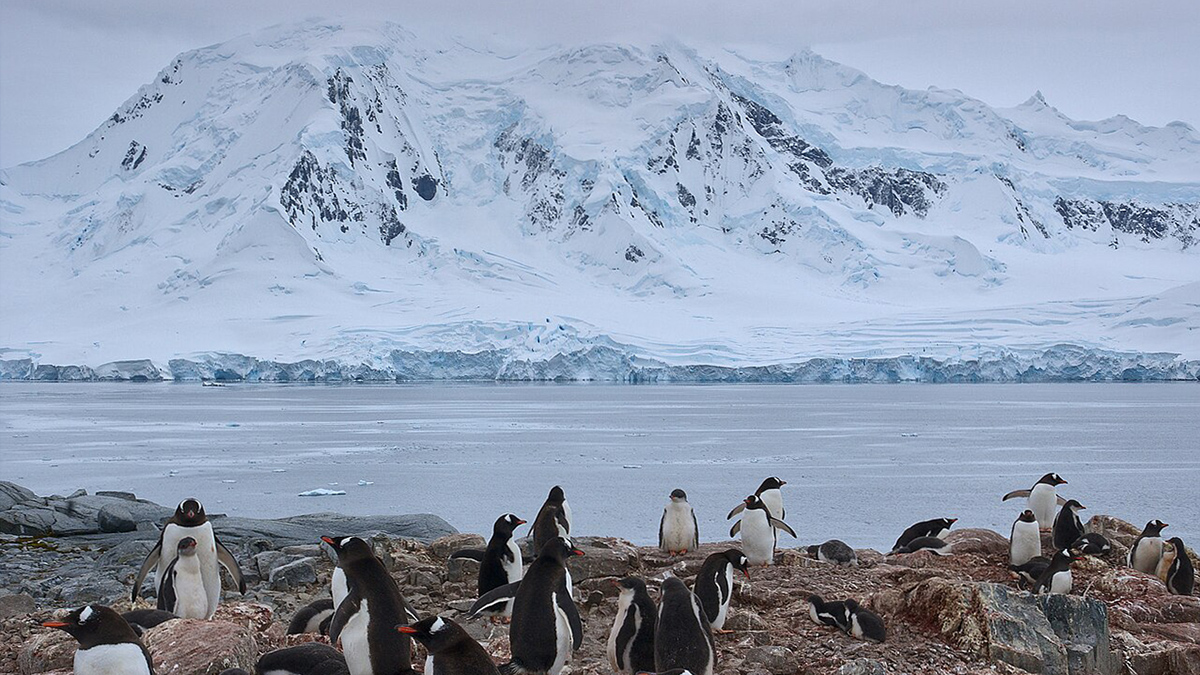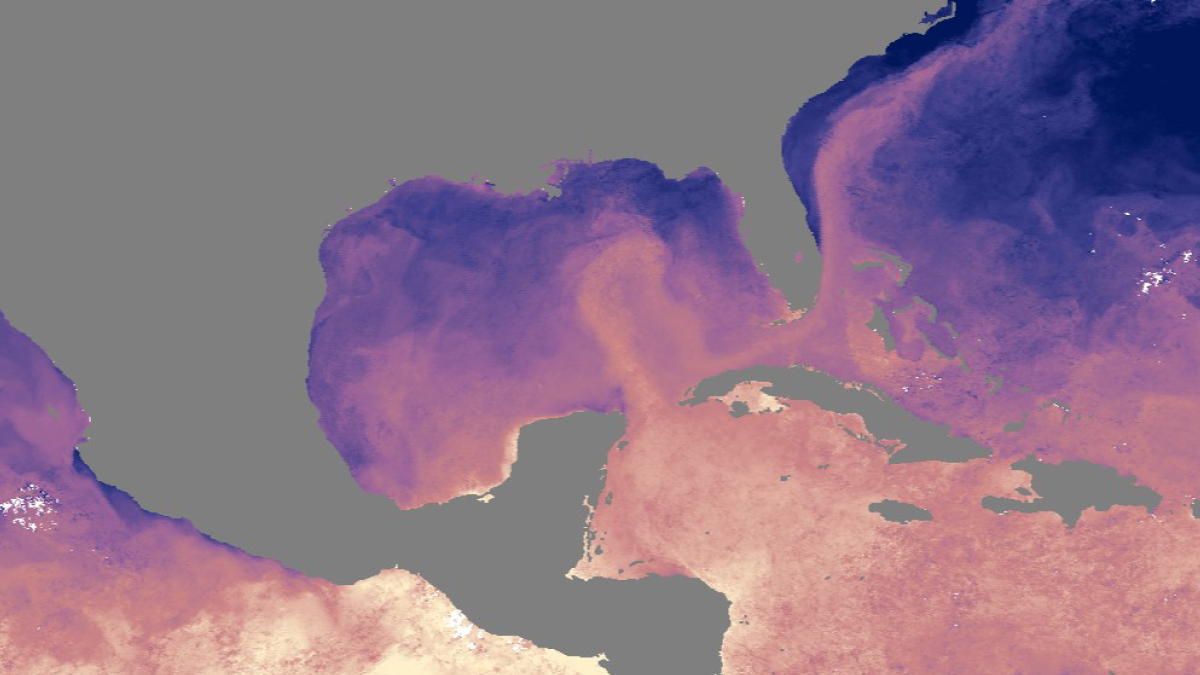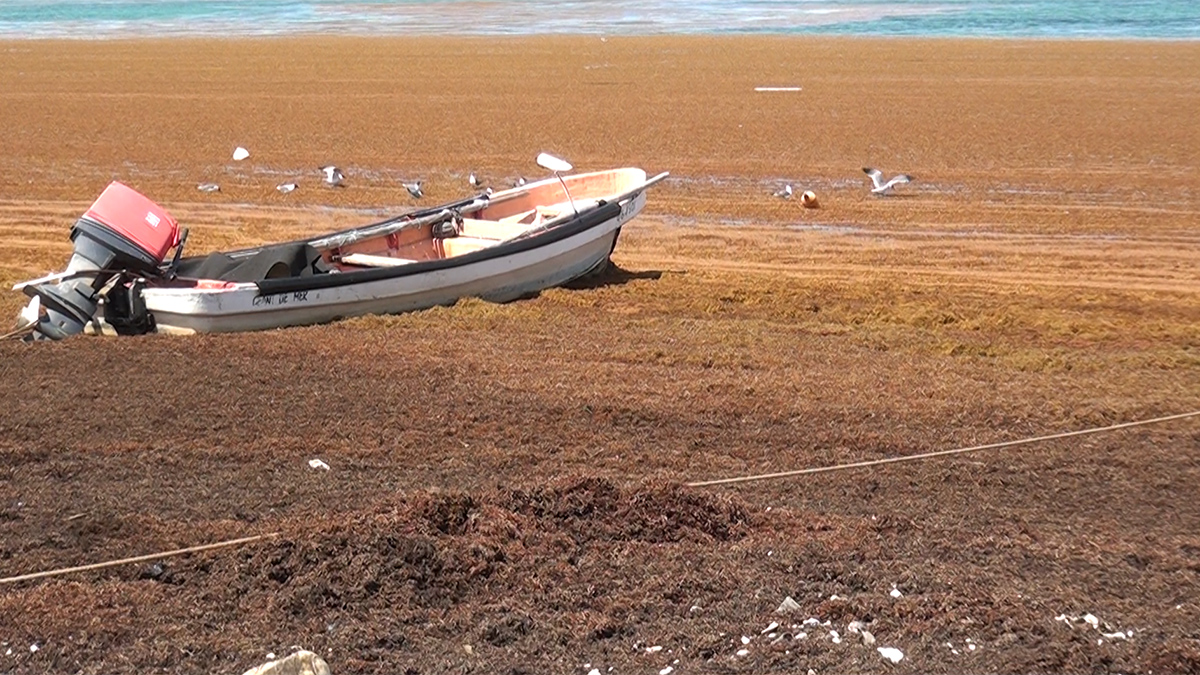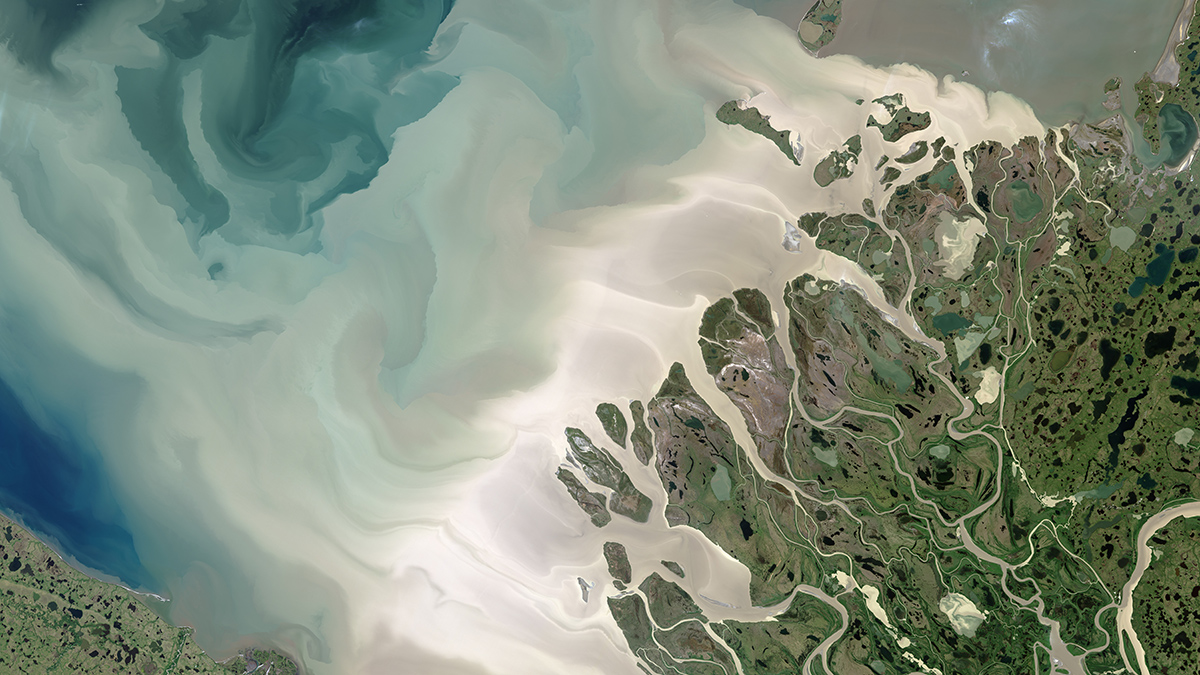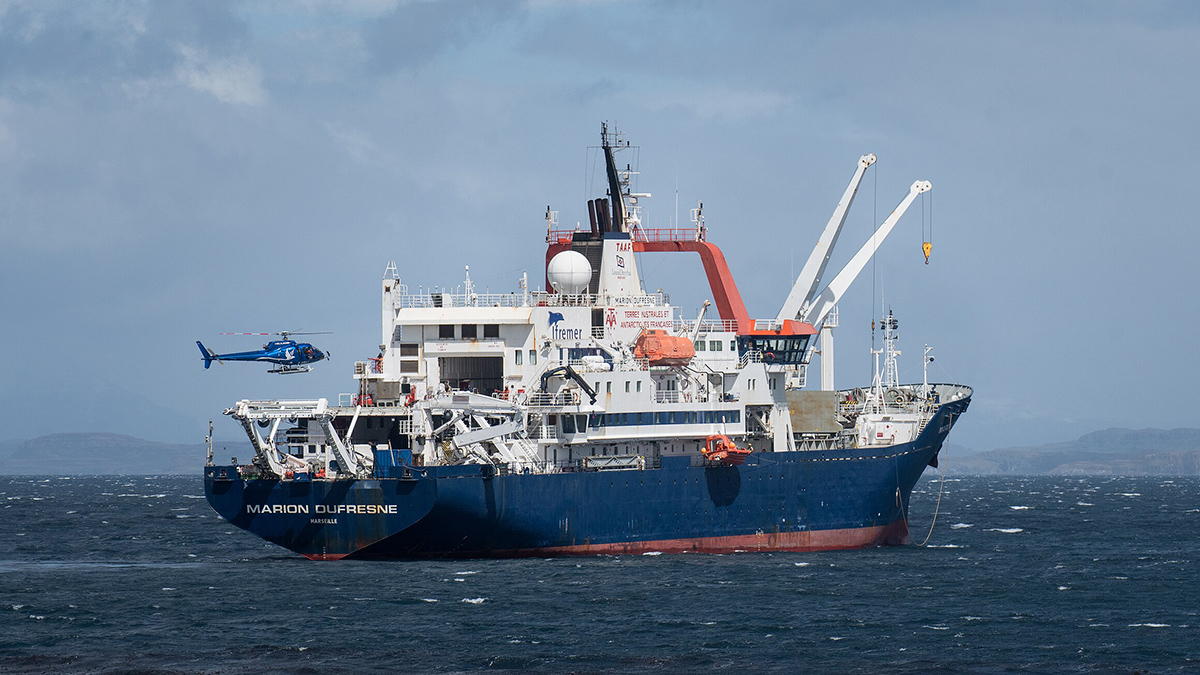Scientists constructed a 100-year history of acidity in the Gulf of Maine. They expected coastal variability but were surprised by what they didn’t find: a strong anthropogenic signal.
currents
Where Do Antarctic Submarine Canyons Get Their Marine Life?
A new study investigates how much of the phytoplankton in the Palmer Deep submarine canyon is homemade and how much is delivered.
Kuroshio Intrusions into Luzon Strait Increase Chlorophyll
Using in-situ observational data, scientists reveal that Kuroshio intrusions through the Luzon Strait increase small phytoplankton in the South China Sea.
Water Density Shifts Can Drive Rapid Changes in AMOC Strength
High-latitude variations in density, which appear to be driven by changes in atmospheric pressure, can propagate to midlatitudes and affect the current’s strength within just a year.
Busy Hurricane Season Expected in 2025
A new NOAA report predicts an active Atlantic hurricane season, though global weather patterns could still shift predictions.
Ocean Current Affairs in the Gulf of Mexico
Multinational and multidisciplinary studies of the past and present of the Gulf’s Loop Current are helping to reveal what might be in store for coastal communities.
Have We Finally Found the Source of the “Sargassum Surge”?
The complexity of modeling the tropical Atlantic makes identifying the source of the ongoing seaweed blooms difficult.
The Uncertain Fate of the Beaufort Gyre
Climate models produce widely varying predictions for what will happen to this influential ocean current, but most models predict it will weaken or stop.
Upwelling Near Fronts Initiate Offshore Phytoplankton Blooms
A new study finds that phytoplankton blooms, often seen near the separation point of western boundary currents, are supported by nutrient supply upwelling and cross-shelf transport.
Tracking Some of the World’s Fiercest Ocean Currents
During a voyage off the east coast of Africa, researchers collected detailed measurements of massive swirling currents that affect regional ocean conditions and fisheries.

